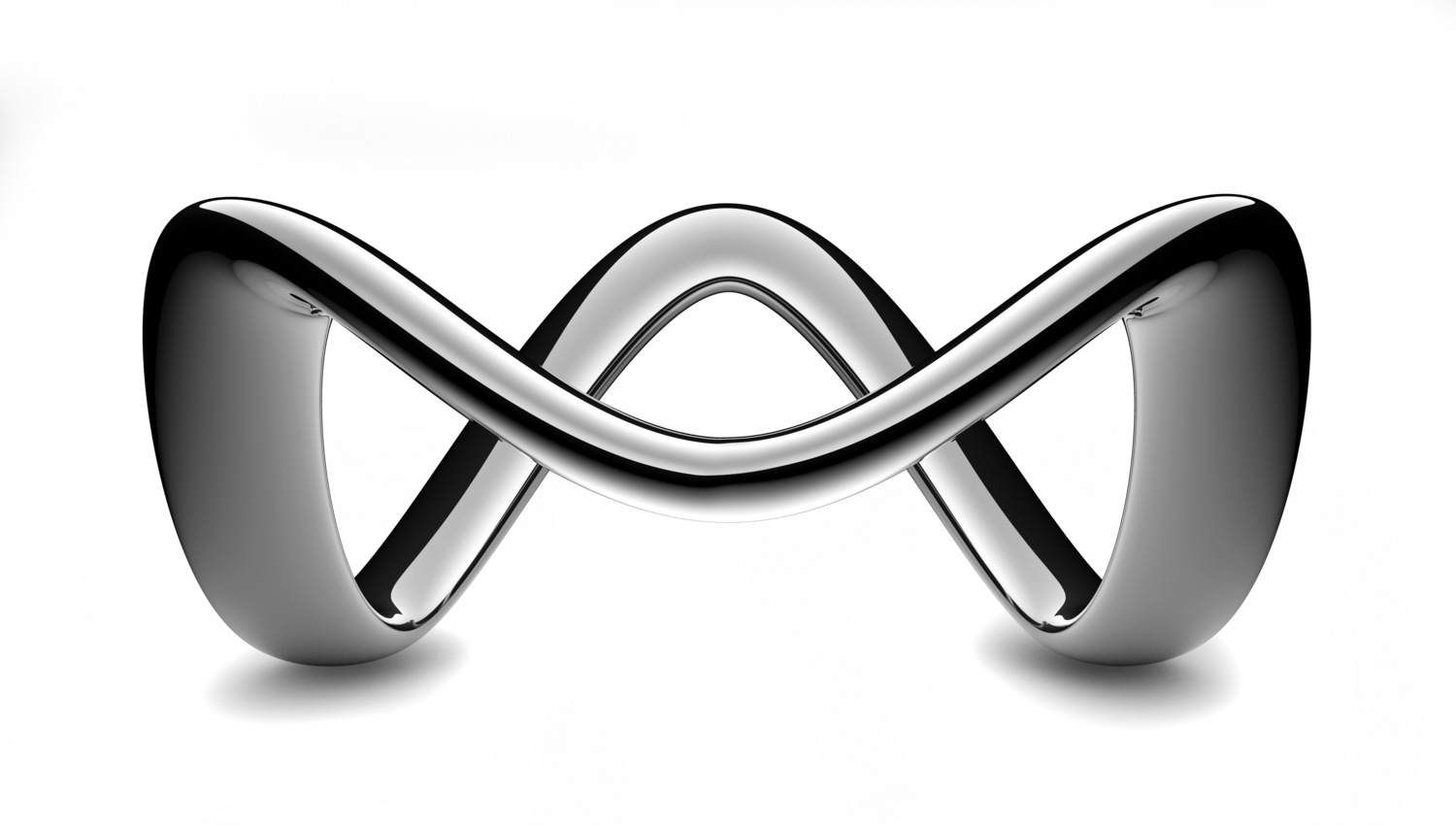Our lifespan allows us the luxury of ignoring the negative results of inactivity. But, we now have proof that pain and many symptoms of aging can be attributed to inactivity and the poor use of our bodies.
“Failure is insidious,” said my client.
She had this realization while watching a toddler at play. Naturally, when curious about something at ground level, the little girl squatted. She wondered when the child would stop doing this. Fortunately, the toddler hasn’t yet been told, “It’s not ladylike to stick your butt out,” or, “Ladies need to keep their legs together.”
The effort is first to stand, than walk, and the impatience reflected in her urge to run is natural and essential to her physical and intellectual development. She will continue to derive great joy from playing and showing off her newly developed skills. But the questions remains: When will she stop?
Stopping is unpredictable. What is certain is that stopping will begin the destructive process that reveals the signs of aging. She may starve herself to maintain a svelte figure. She may engage in extreme levels of activity. Or, if like most North Americans, she doesn’t consider her fitness and health, she may gain weight and experience health issues related to inactivity.
Failure is insidious. It creeps up on you.
Our lifespan allows us the luxury of ignoring the negative results of inactivity. But, we now have proof that pain and many symptoms of aging can be attributed to inactivity and the poor use of our bodies.
This perfect toddler is growing up during an interesting age. Healthy choices are more accessible to her than for any previous generation. However, there is stiff competition from the popular but unhealthy choices, which constantly bombard us.
Eventually, she will be introduced to the three most common options available to her as a North American:
1. Accept inactivity: Motivated by ignorance and complacency, inactivity spirals downward, leading towards illness and disease. If she chooses this option, she will join the majority – users of the overburdened sick-care system.
2. Equate thin with fit: She may be tempted to avoid carbohydrates to stay thin. An abundance of ridiculous, ineffective diets are available that could lead to illness. She’ll also be exposed to fad workouts that guarantee improved fitness, but are not sustainable or good for her body. She will have to discern what is healthy and define for herself what fitness really is.
3. Integrate health and fitness: At this early stage in her life, she is building her strength and agility naturally and her body demands a lot of fuel. Being very active is normal – we call it playing. It strengthens her body and mind while efficiently burning energy. She’ll need to figure out how to continue “playing” even when she reaches maturity.
We hope her intuition to move and to eat well, will continue throughout adulthood. On an intellectual level, she must understand the laws of adaptation – how sitting and inactivity can have a negative impact on her health. She must accept that going to the gym is merely a supplement to an active lifestyle. She must to learn how to fuel her body appropriately.
“We have proof that pain and symptoms of aging can be attributed to inactivity and the poor use of our bodies”
And if she does these things, she will be successful and she will pass her wisdom on to her own children as naturally as she is squatting and exploring now because success from the practice of health and fitness creeps up on you. In its own way, it is wonderfully insidious too!
